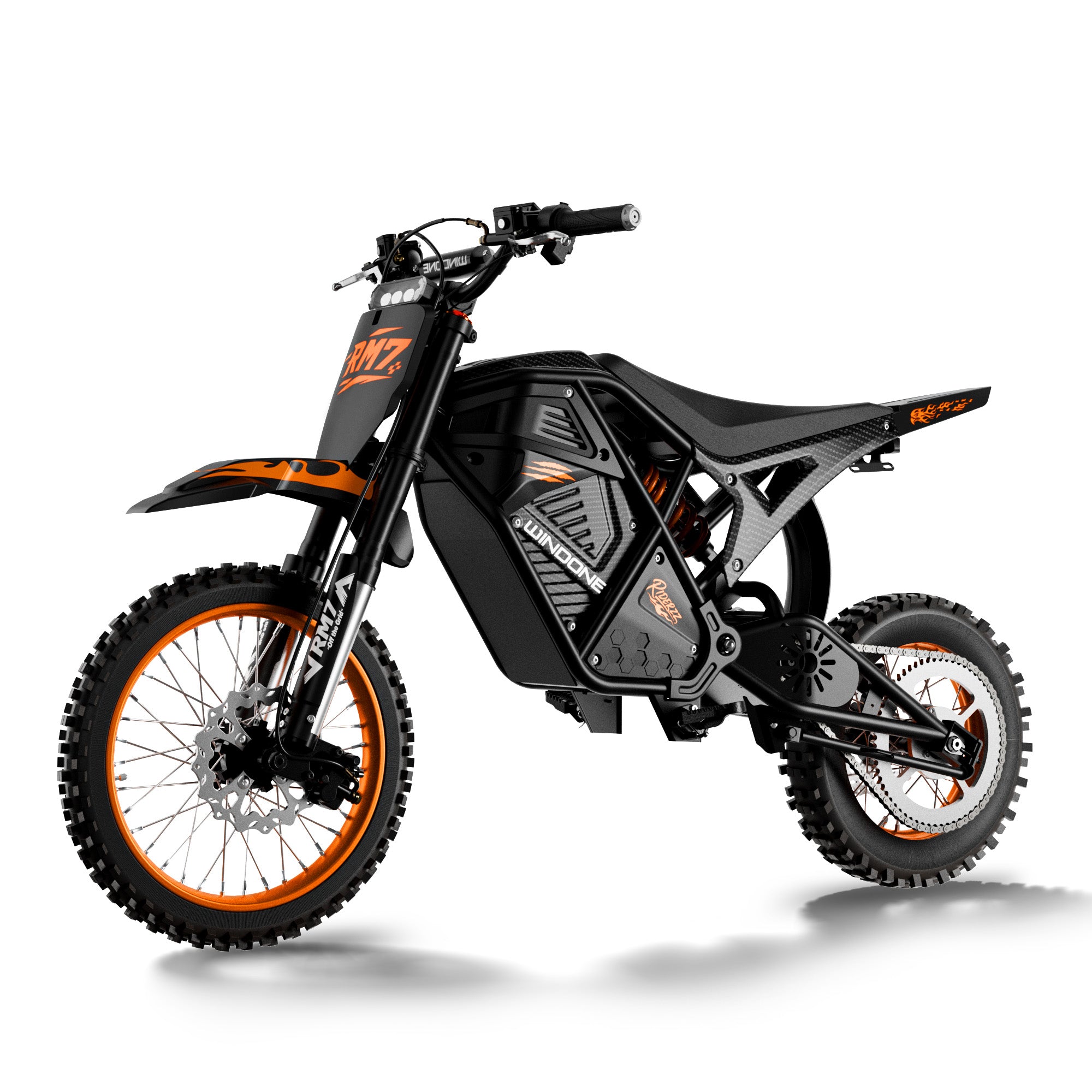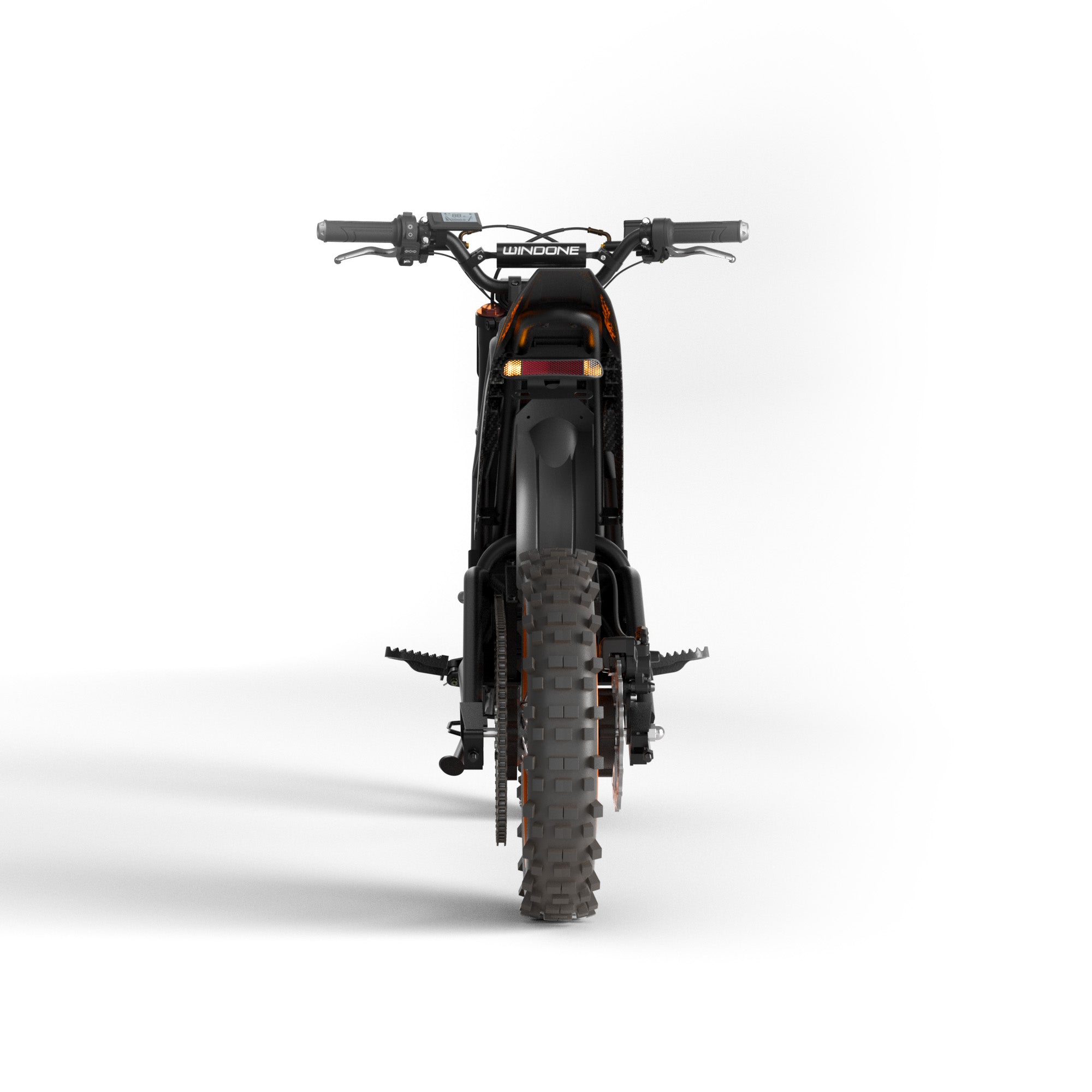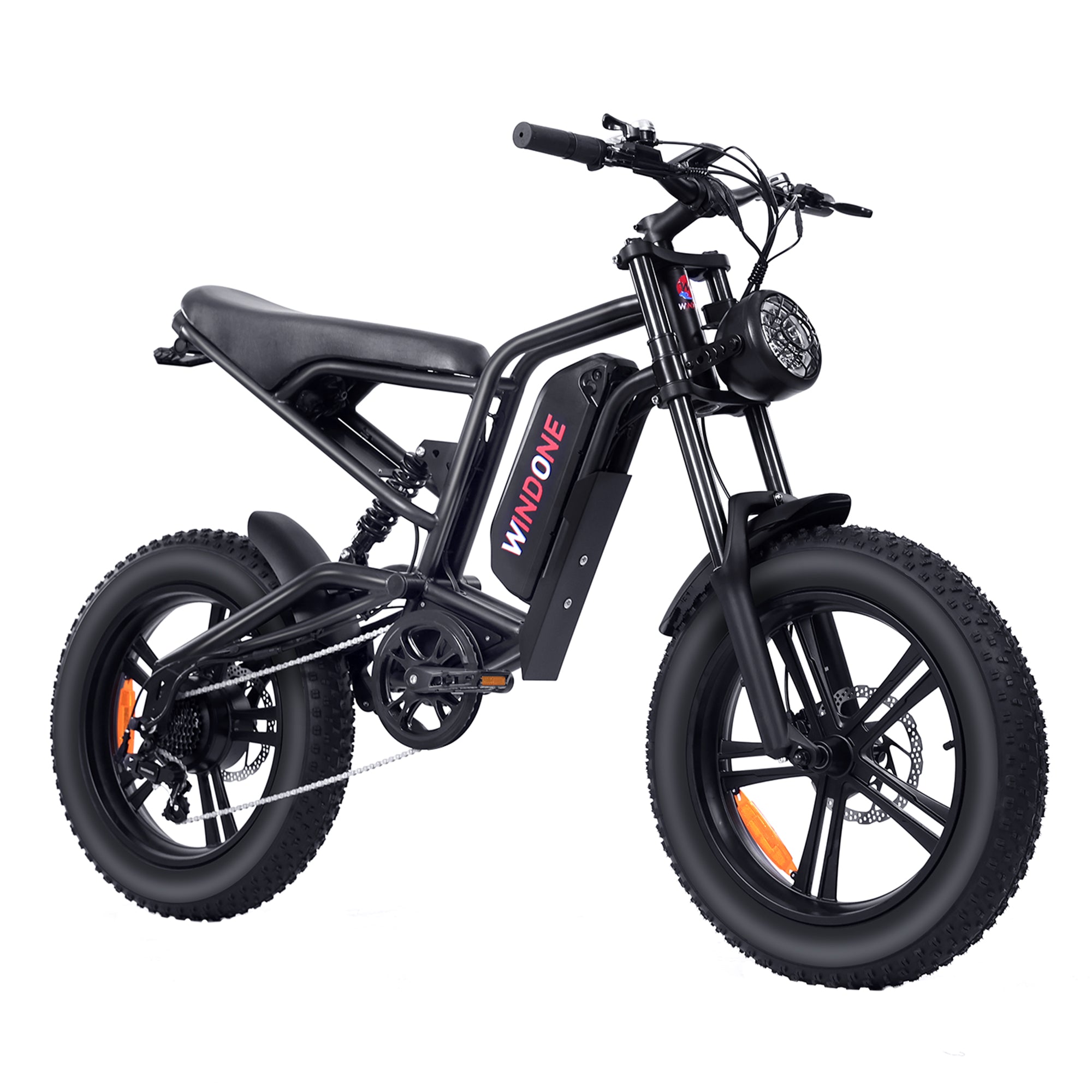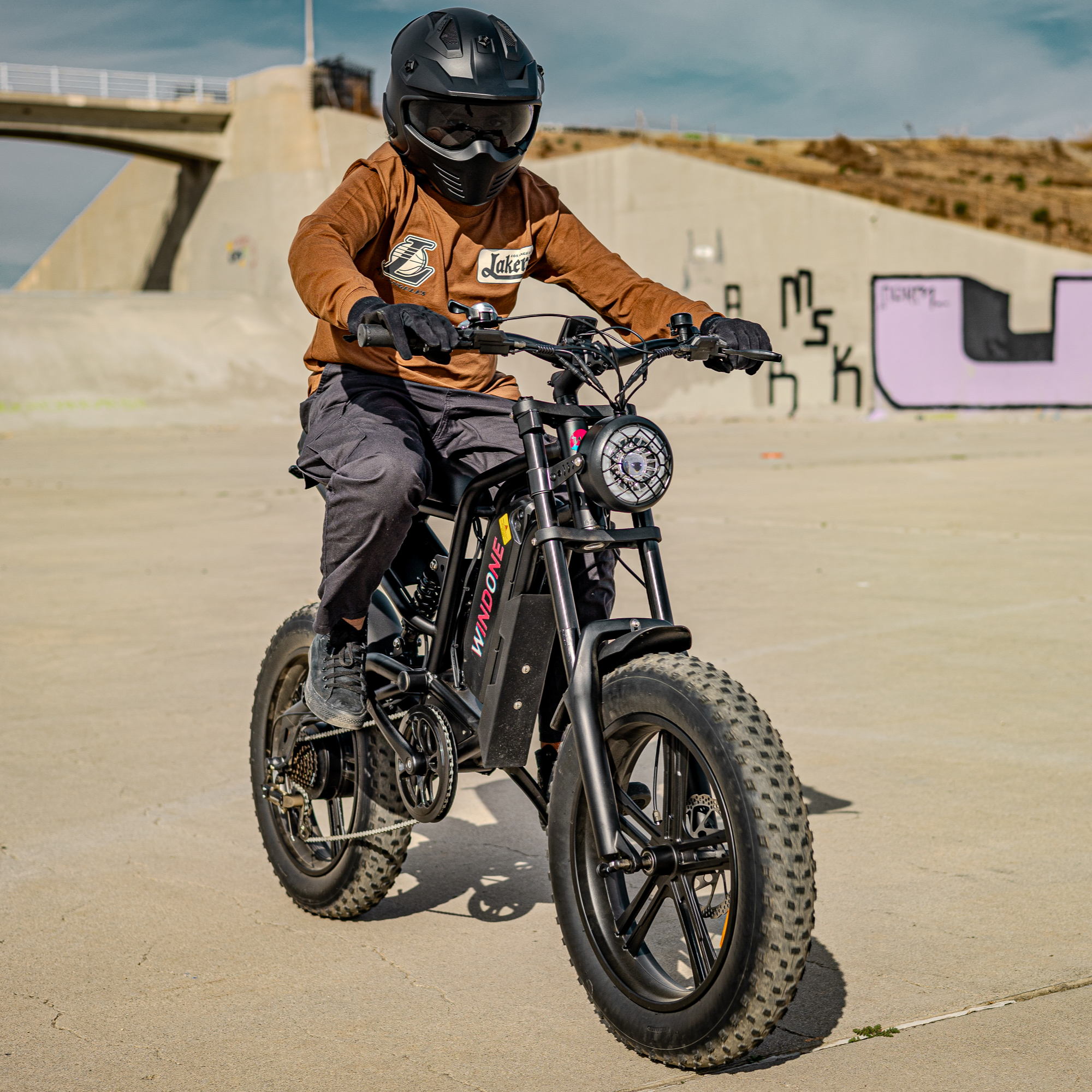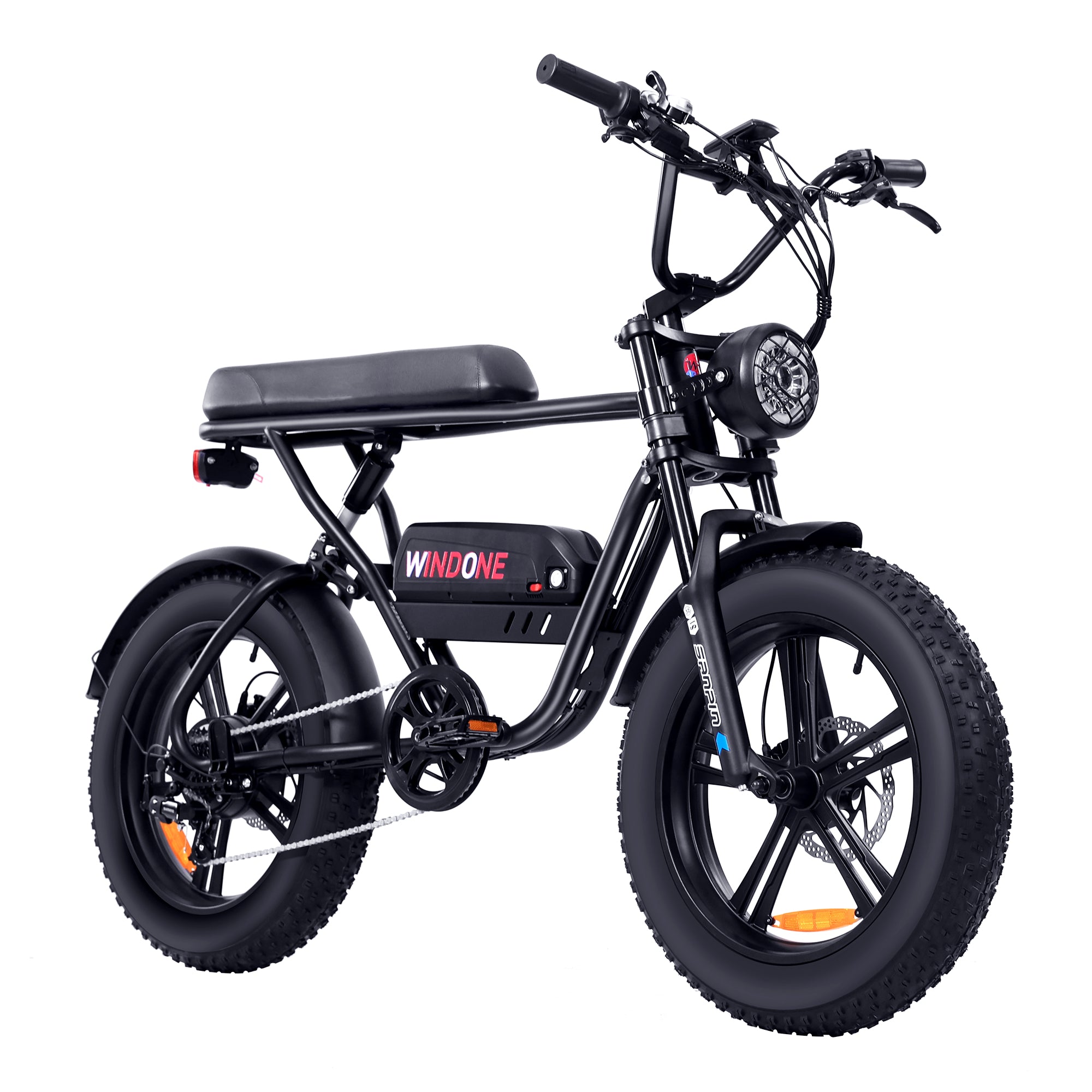Electric bikes, also known as e-bikes have taken the world by storm in recent years, offering an efficient, eco-friendly alternative to traditional cycling and transportation. You might have spotted someone effortlessly gliding past traffic or scaling a steep hill with minimal effort, and if you’ve ever wondered what makes these bikes tick, you're in the right place. In this article, we'll delve into the mechanics of e-bikes, unraveling the mystery behind their rising popularity.
What is an Electric Bike?
Before diving into how e-bikes function, it's essential to understand what they are. Essentially, an electric bike is a bicycle equipped with an integrated electric motor that assists with propulsion. Picture a regular bicycle, but with a little extra help when you need it.
Types of Electric Bikes
E-bikes come in various forms, catering to different needs and preferences:
- Pedal Assist (Pedelec): The motor kicks in only when you start pedaling, providing a natural cycling experience. This type is most common among e-bike enthusiasts.
- Throttle-Controlled: With these, you can activate the motor via a throttle, much like a motorbike, allowing you to ride without pedaling.
- Speed Pedelecs: These offer more power and can reach higher speeds, suitable for longer commutes.
Each type has its unique appeal, and choosing one depends largely on what you're looking for in your cycling experience.
The Core Components of an Electric Bike
Understanding an e-bike requires a closer look at its core components. This is where the magic happens, turning a regular bike into an electric-powered marvel.
The Electric Motor
The motor is the heart of an e-bike. It comes in different varieties:
- Hub Motors: Located in the wheel's hub, these motors can either be at the front or rear. They offer silent operation and are generally more affordable.
- Mid-Drive Motors: Positioned at the bike's center, near the pedals, they deliver better weight distribution and are often preferred for serious biking enthusiasts.
Both types have distinct advantages, but mid-drive motors typically provide a more balanced and natural ride.
The Battery
A powerful, reliable battery is crucial for an e-bike’s performance. Most e-bikes feature lithium-ion batteries due to their longevity and efficiency.
- Capacity and Range: Battery capacity is measured in watt-hours (Wh). The more powerful the battery, the longer and faster you can ride. However, this also affects the time it takes to charge.
- Positioning: Batteries can be positioned on the frame or integrated seamlessly into the bike’s structure, affecting the bike’s aesthetics and performance.
The Controller
Acting as the brain of the e-bike, the controller manages the power flow from the battery to the motor. It allows the rider to control assist levels and is crucial for safety, ensuring smooth acceleration and protection from overheating.
Riding Experience: Pedal Assistance and Sensors
The beauty of e-bikes lies in their effortless riding experience, facilitated by sophisticated sensors:
Pedal-Assist Systems
Pedal-assist systems detect your pedaling force and adjust the motor's output accordingly. It makes riding uphill or against the wind a breeze.
- Torque Sensors: These measure the force applied to the pedals, offering a smooth, responsive ride.
- Cadence Sensors: These detect the speed of pedaling, typically found in less expensive models.
User Interface
Modern e-bikes come with user-friendly displays showing essential stats like speed, battery life, and assistance level, allowing you to tailor the ride to your needs effortlessly.
Environmental and Health Benefits
Adopting an e-bike can lead to numerous environmental and personal health benefits:
- Reduced Carbon Footprint: E-bikes emit significantly less CO2 compared to cars.
- Health Boost: Provides exercise with reduced strain, encouraging more people to cycle without the fear of physical exertion.
Are Electric Bikes Right for You?
E-bikes aren't just a trend; they're here to stay. Whether you're commuting to work, exploring the outdoors, or simply looking for a new hobby, an e-bike might be your perfect companion.
"Choosing the right e-bike means recognizing your personal travel needs, budget, and lifestyle. With so many options, there's an e-bike for everyone."
If you’re pondering an e-bike purchase, consider factors such as terrain, commute distance, and personal fitness level. Don't be afraid to take test rides to get a true feel of the ride.
Conclusion
Electric bikes blend the best of traditional biking with advanced technology, offering a versatile, sustainable mode of transport that caters to both the daily commuter and the leisure rider. As we continue to learn more about their applications and benefits, e-bikes promise to be a crucial part of the transportation landscape.
If you’re considering joining the e-bike revolution, the time is now! Dive into the Windone and pick out the perfect model that suits your lifestyle, and start exploring the world around you with less effort and more enjoyment.
For more detailed guides on choosing the right e-bike, check out this resource to help make an informed decision. Happy cycling!









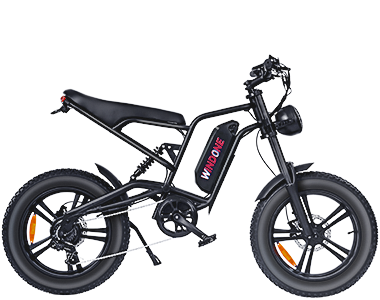
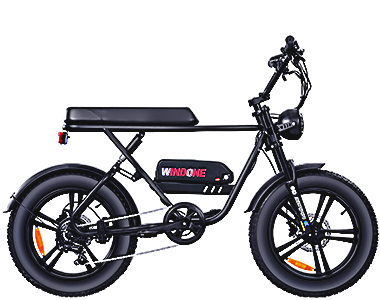
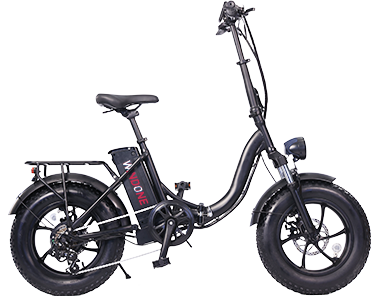
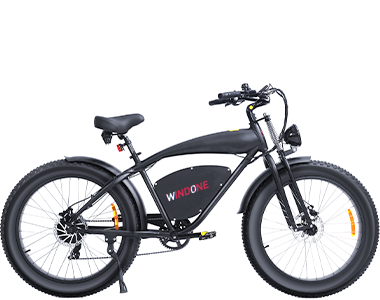
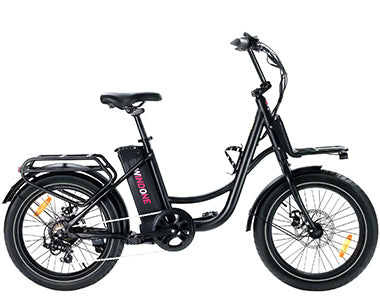
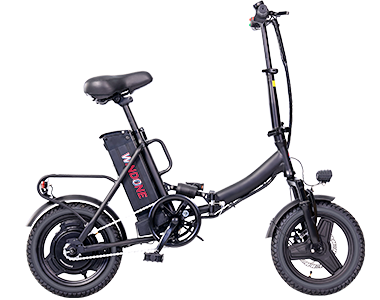


 Electric Inflator Pump
Electric Inflator Pump
 Ebike Locks
Ebike Locks
 Phone Holder
Phone Holder
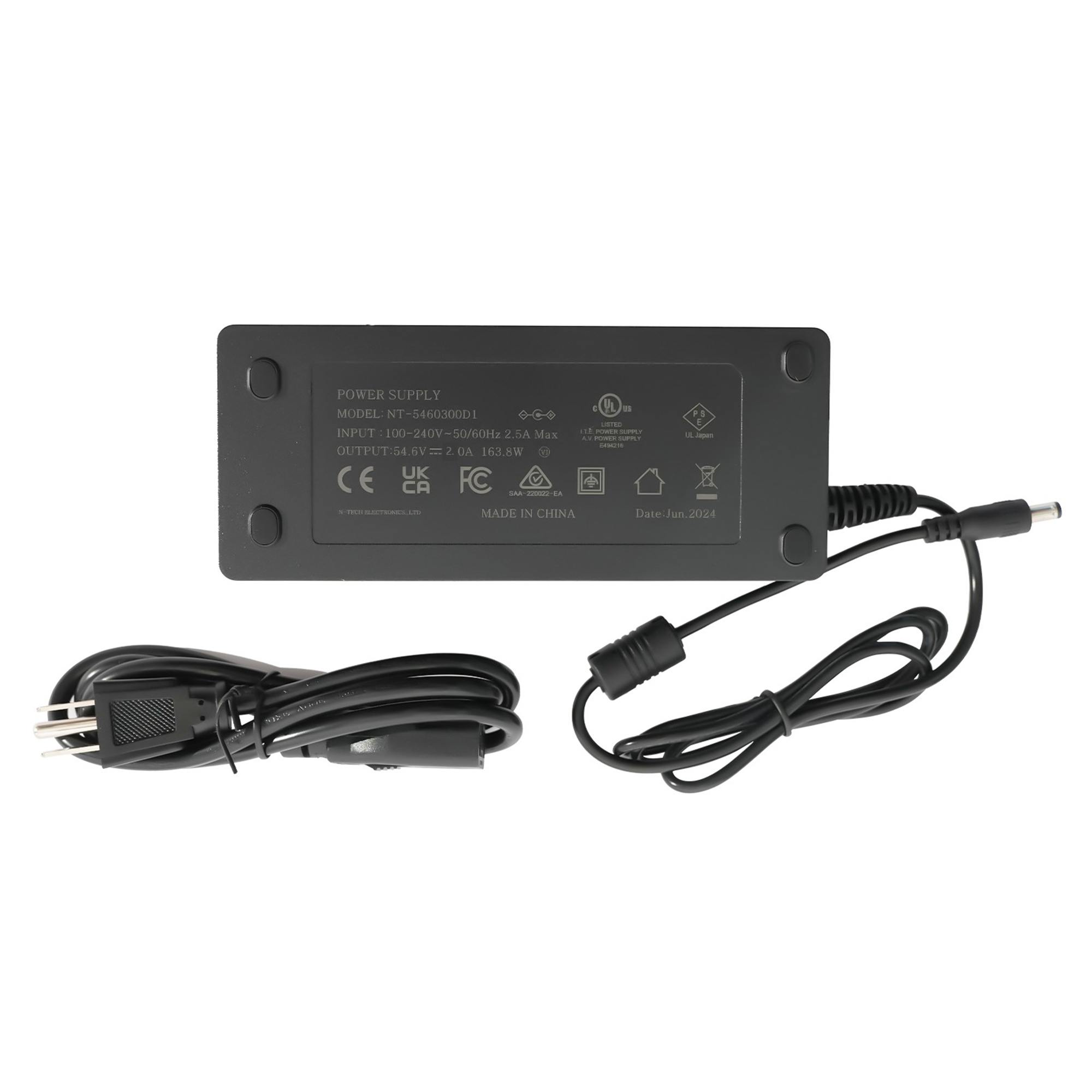
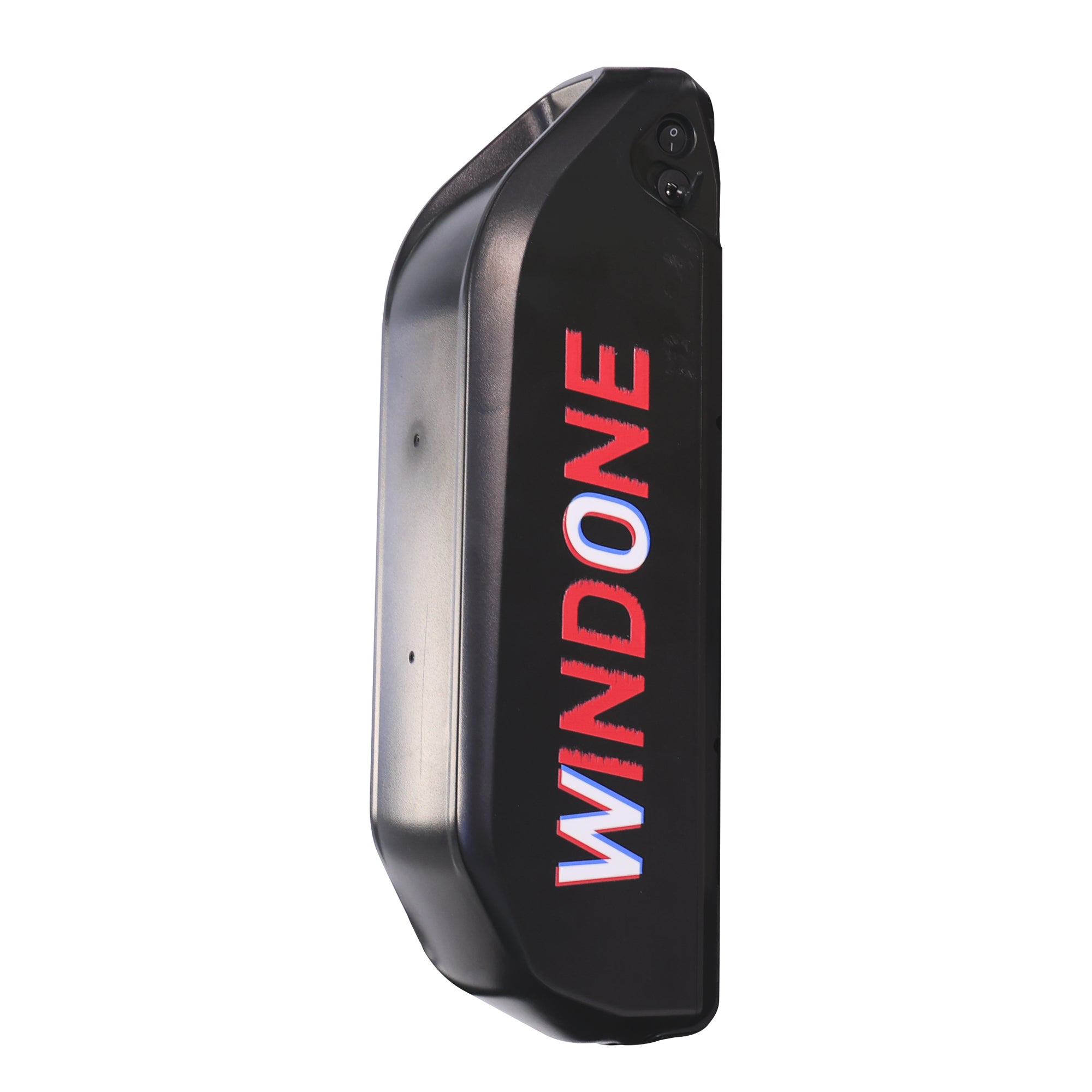
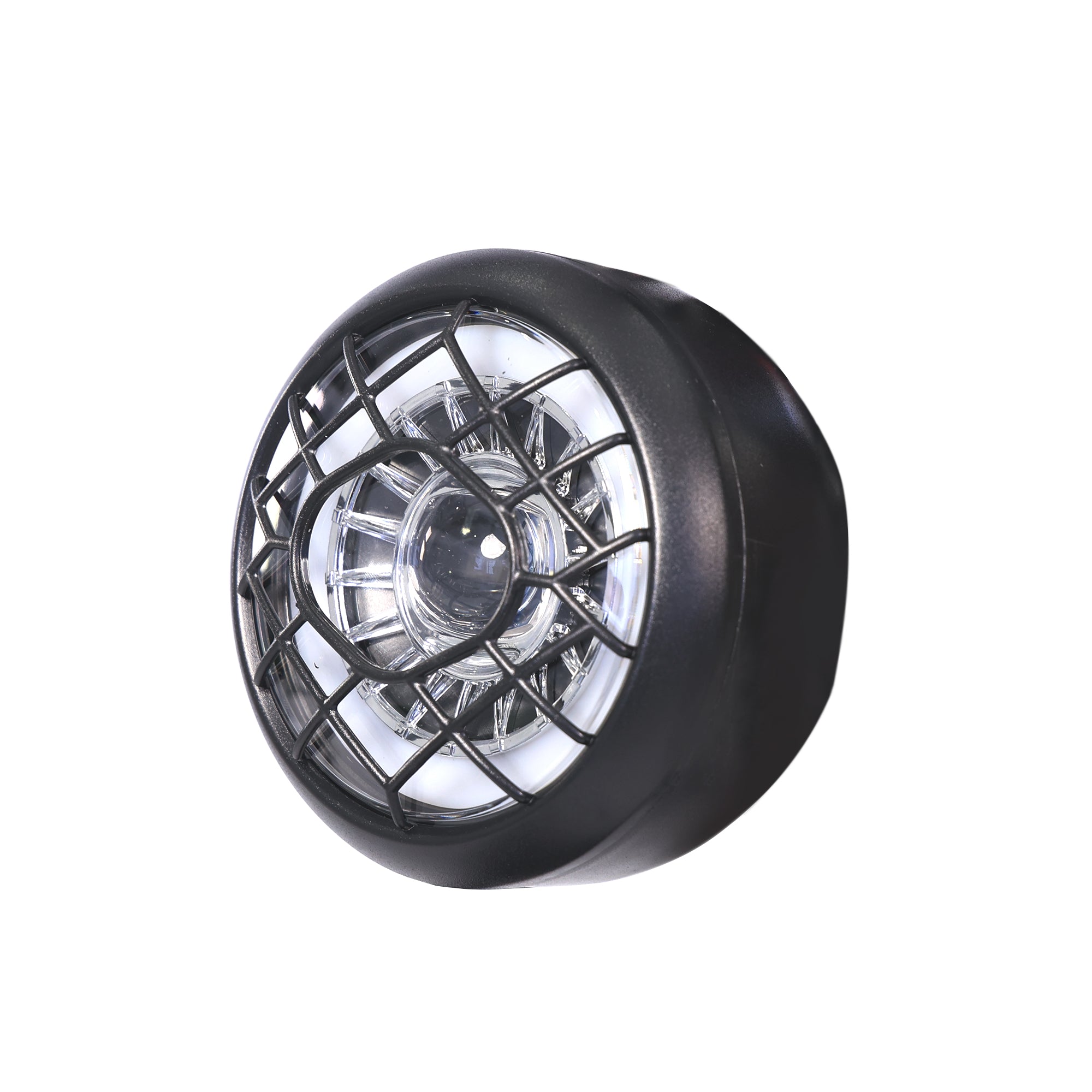
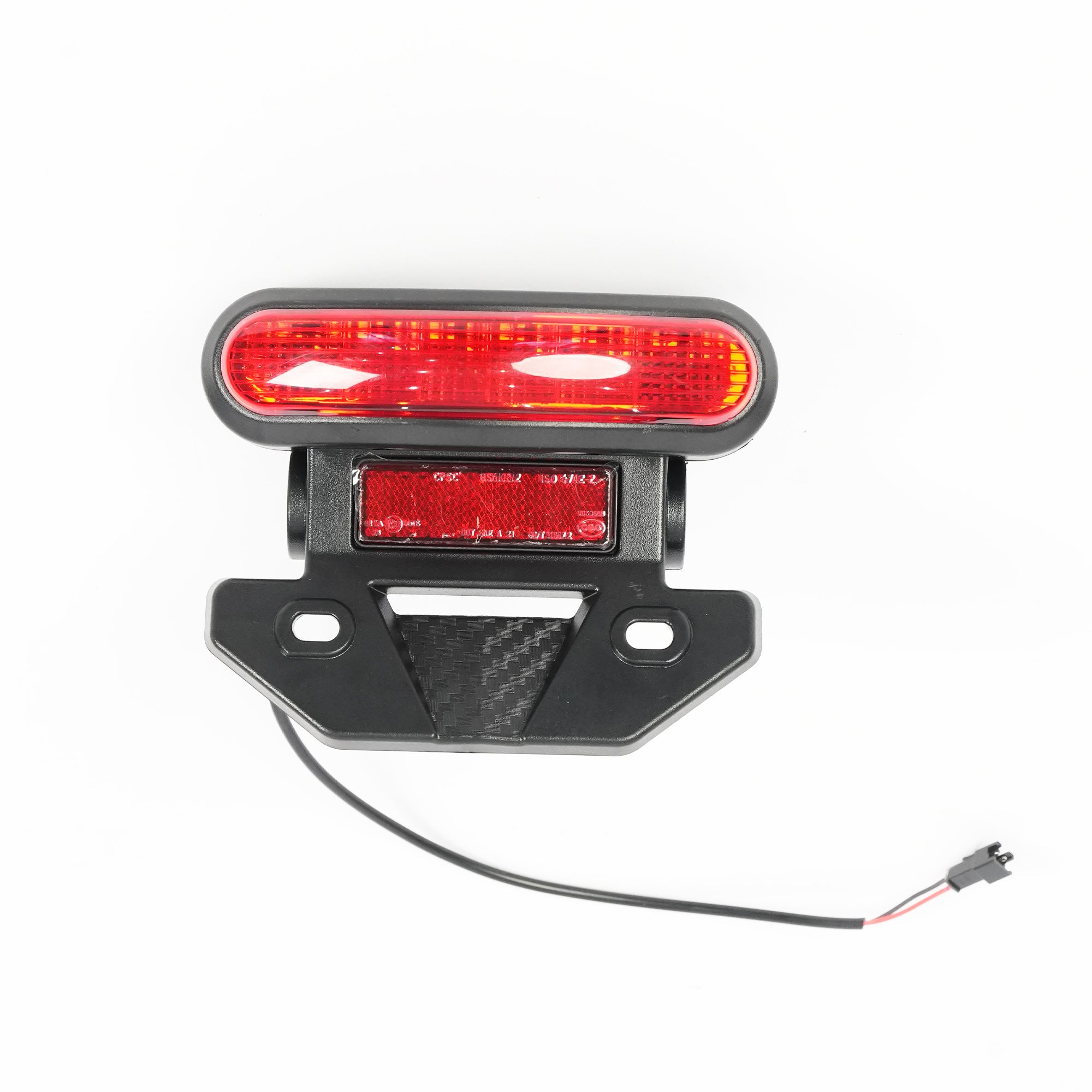
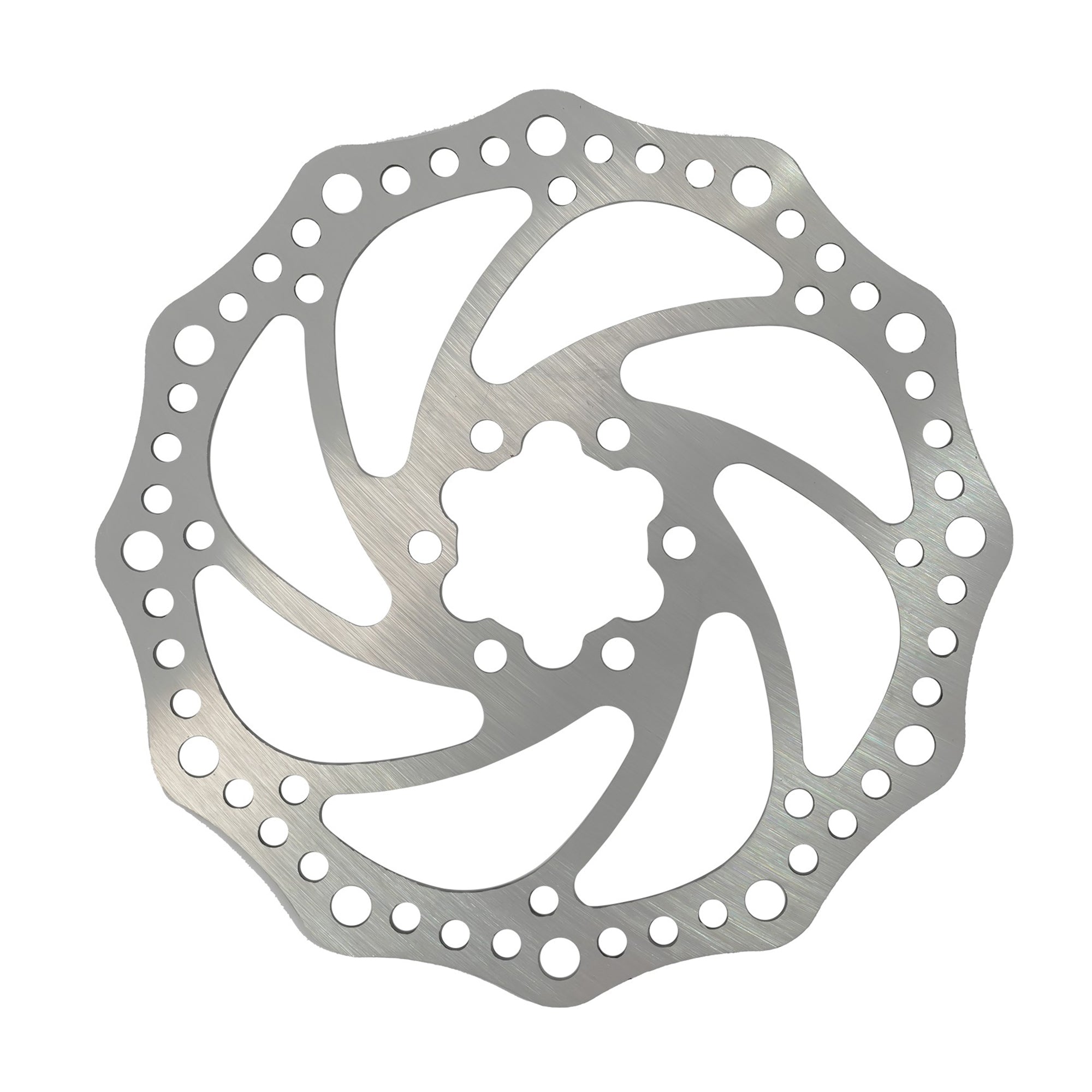
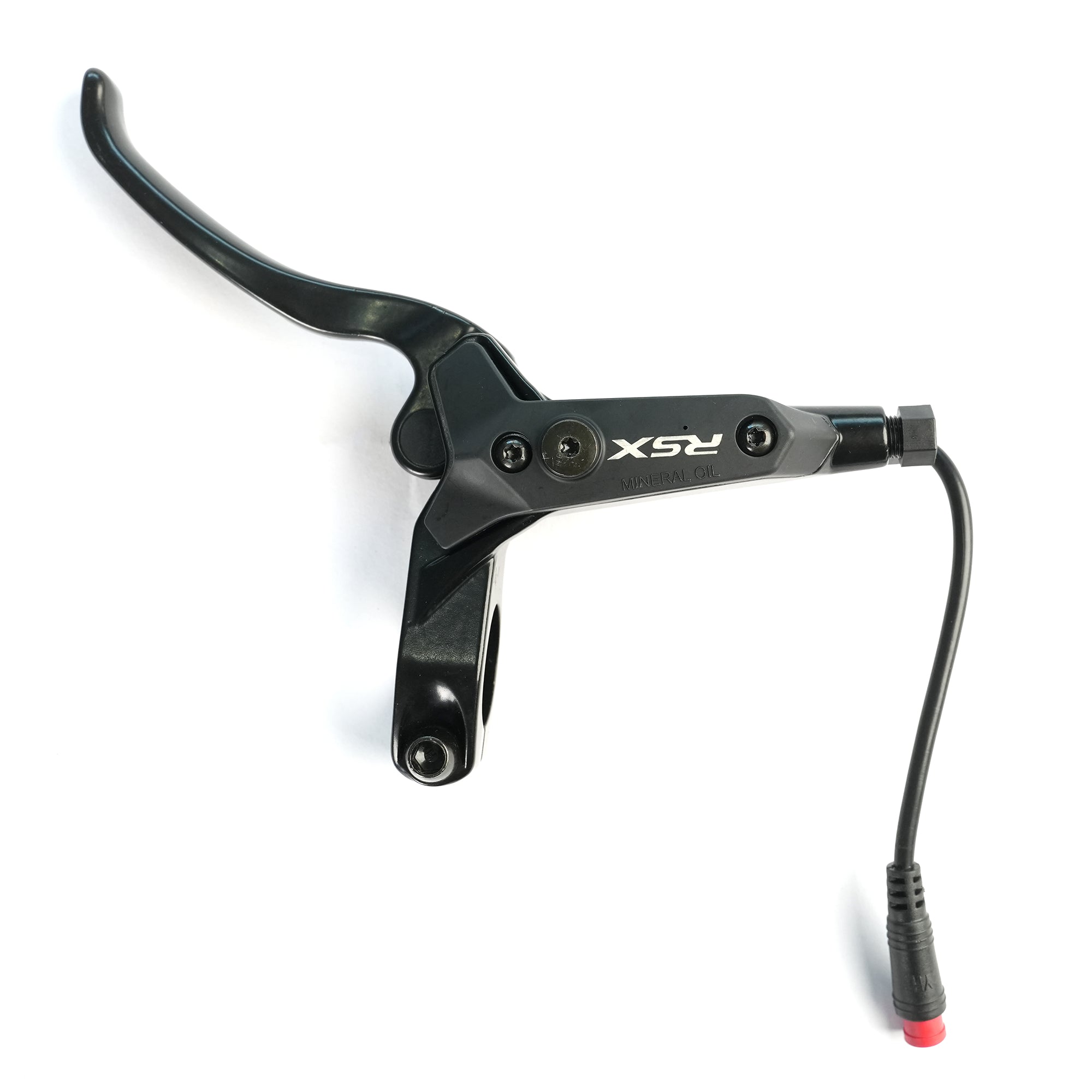
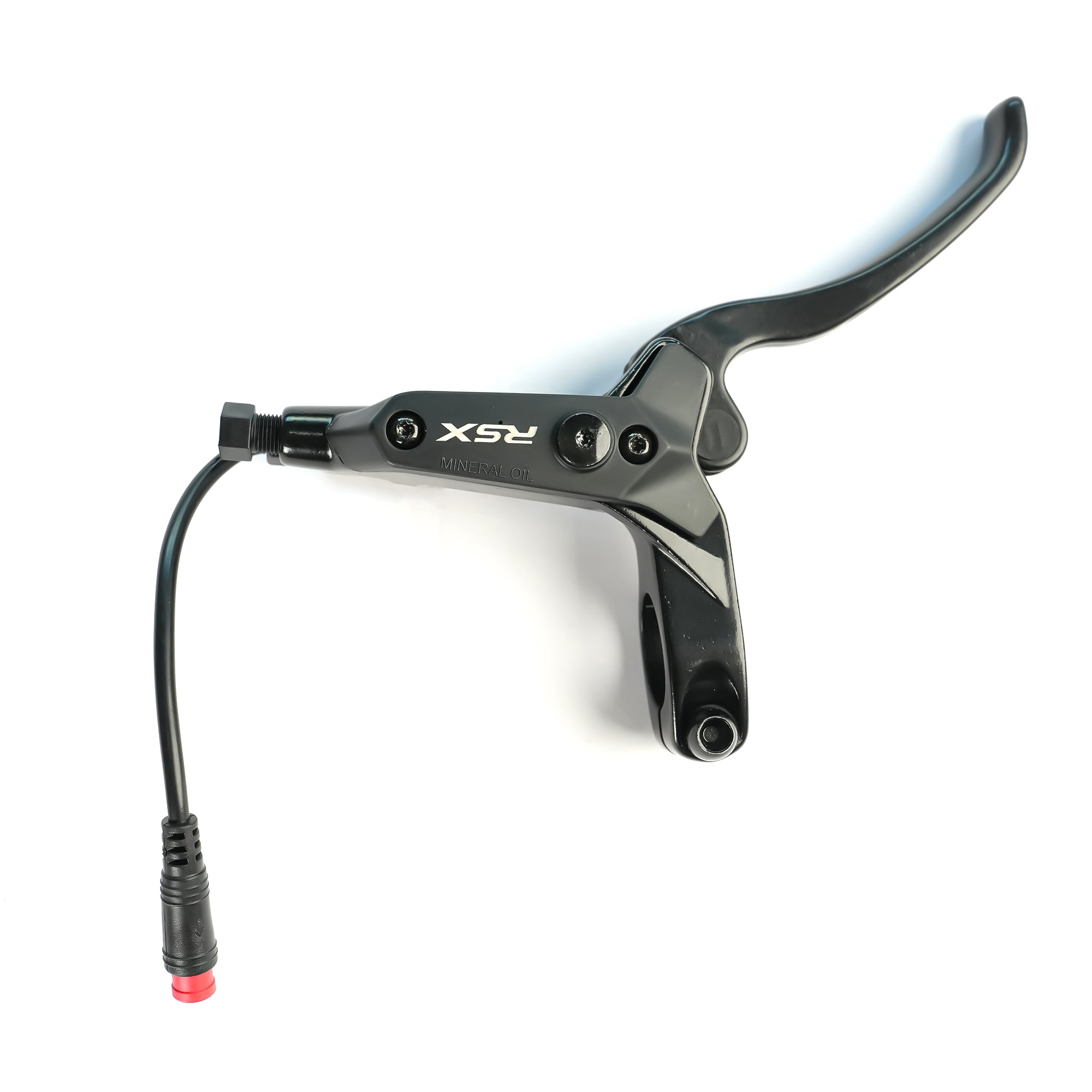
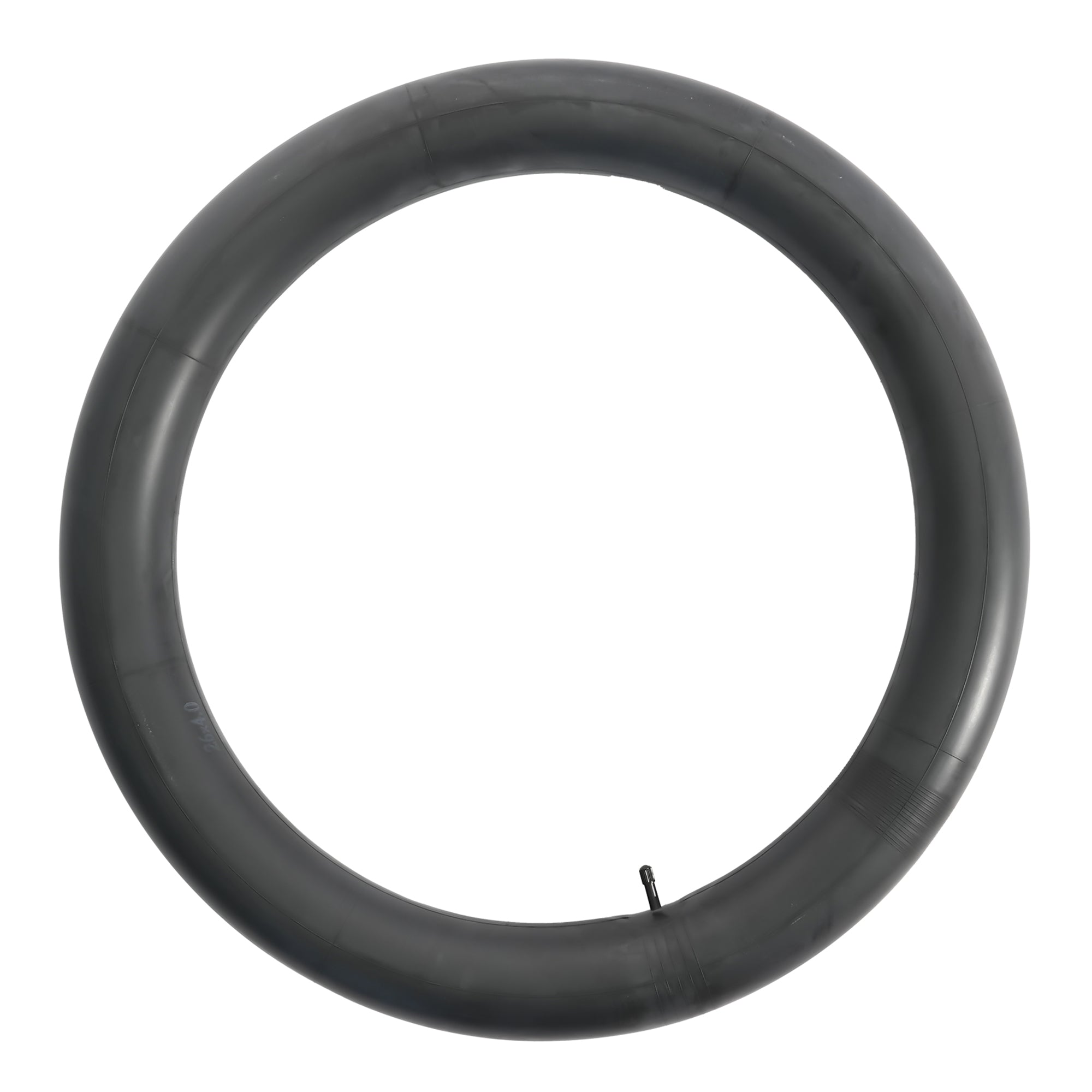
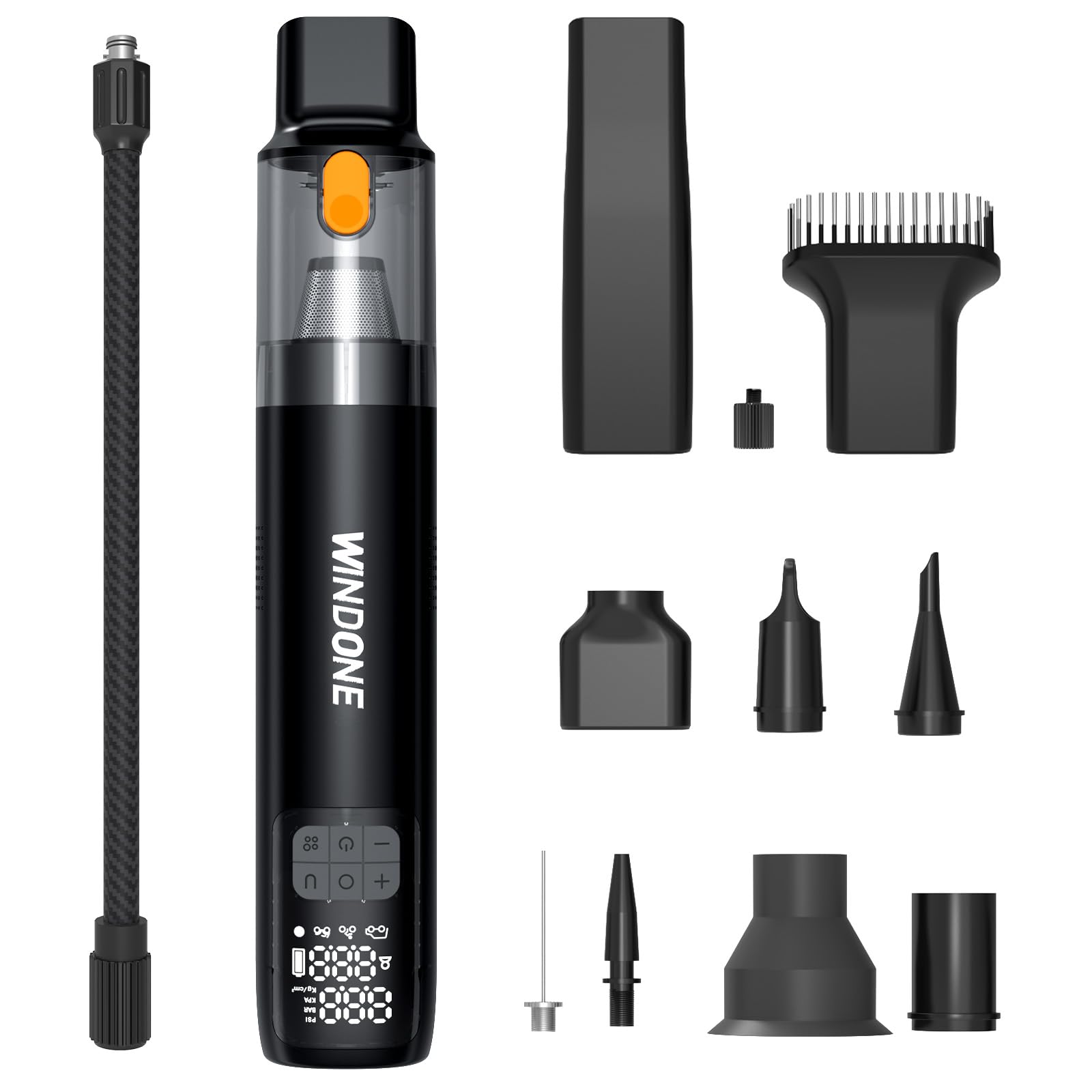
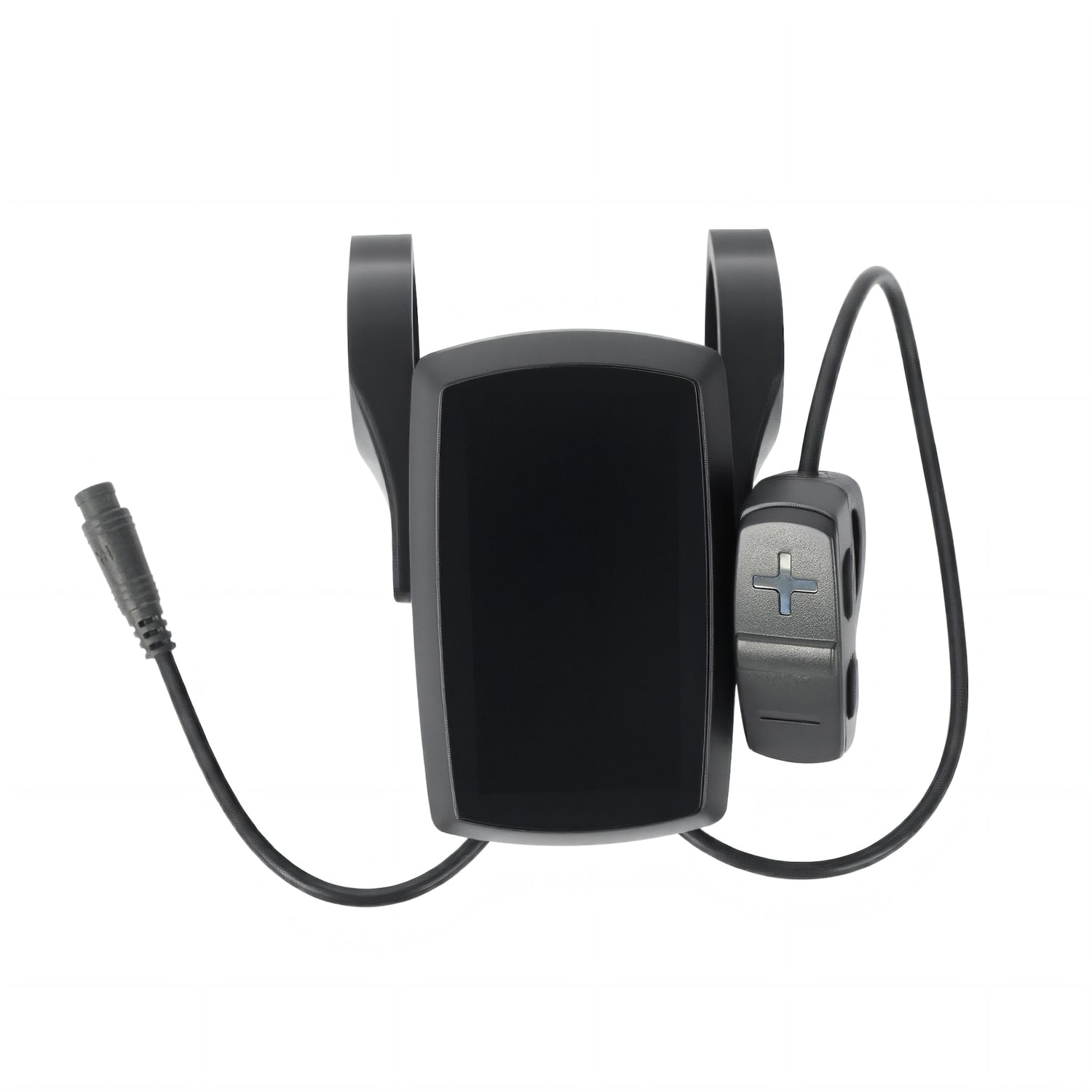
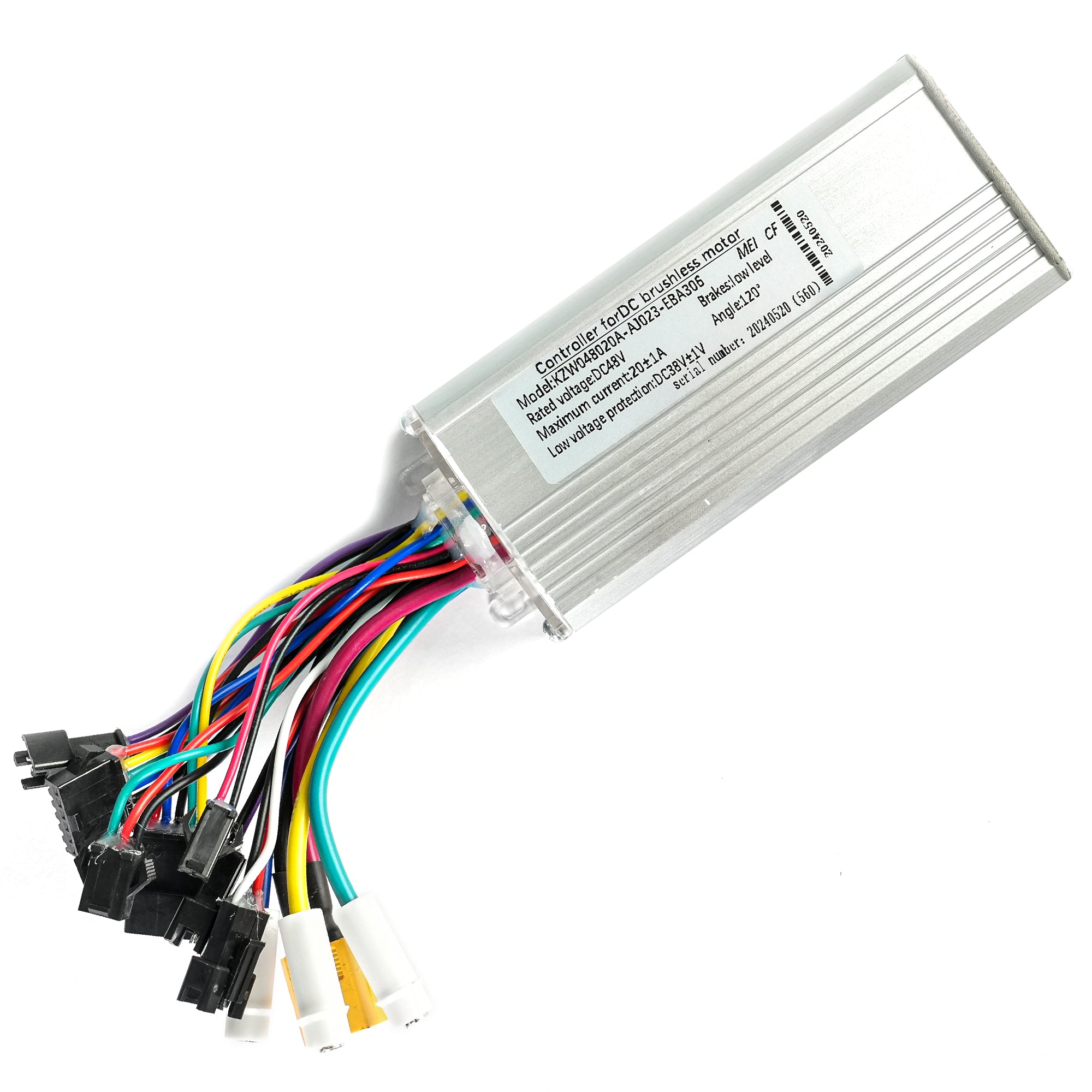
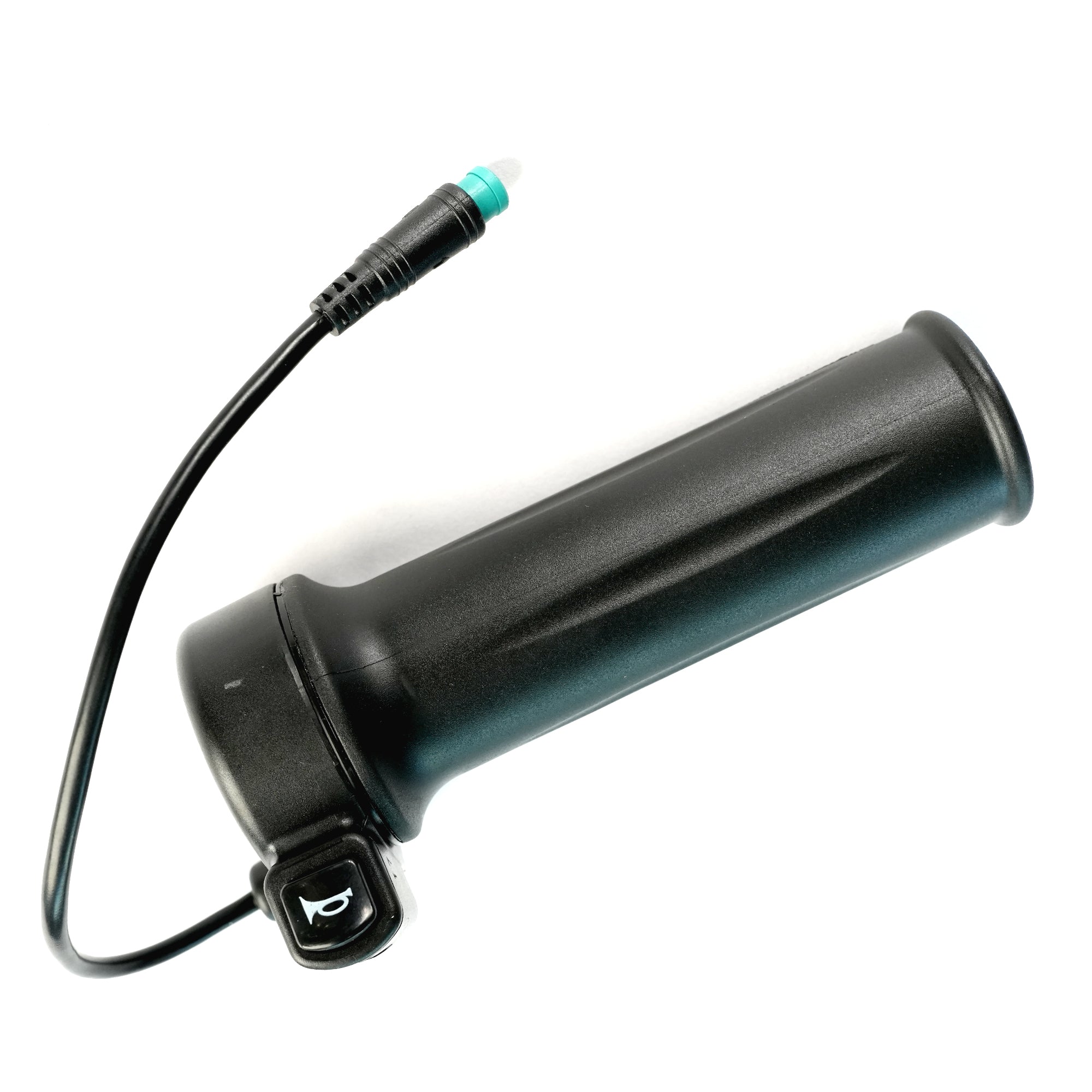
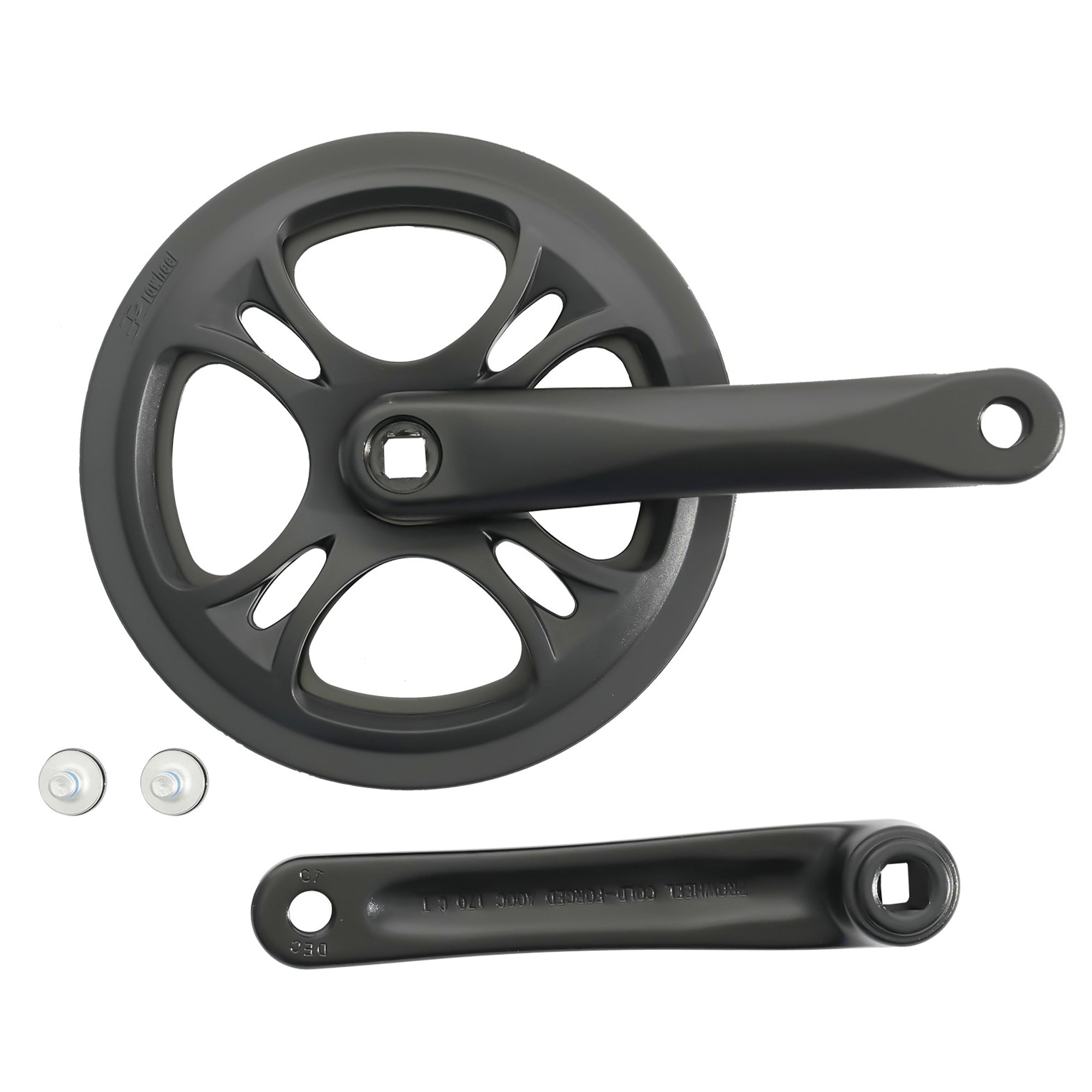
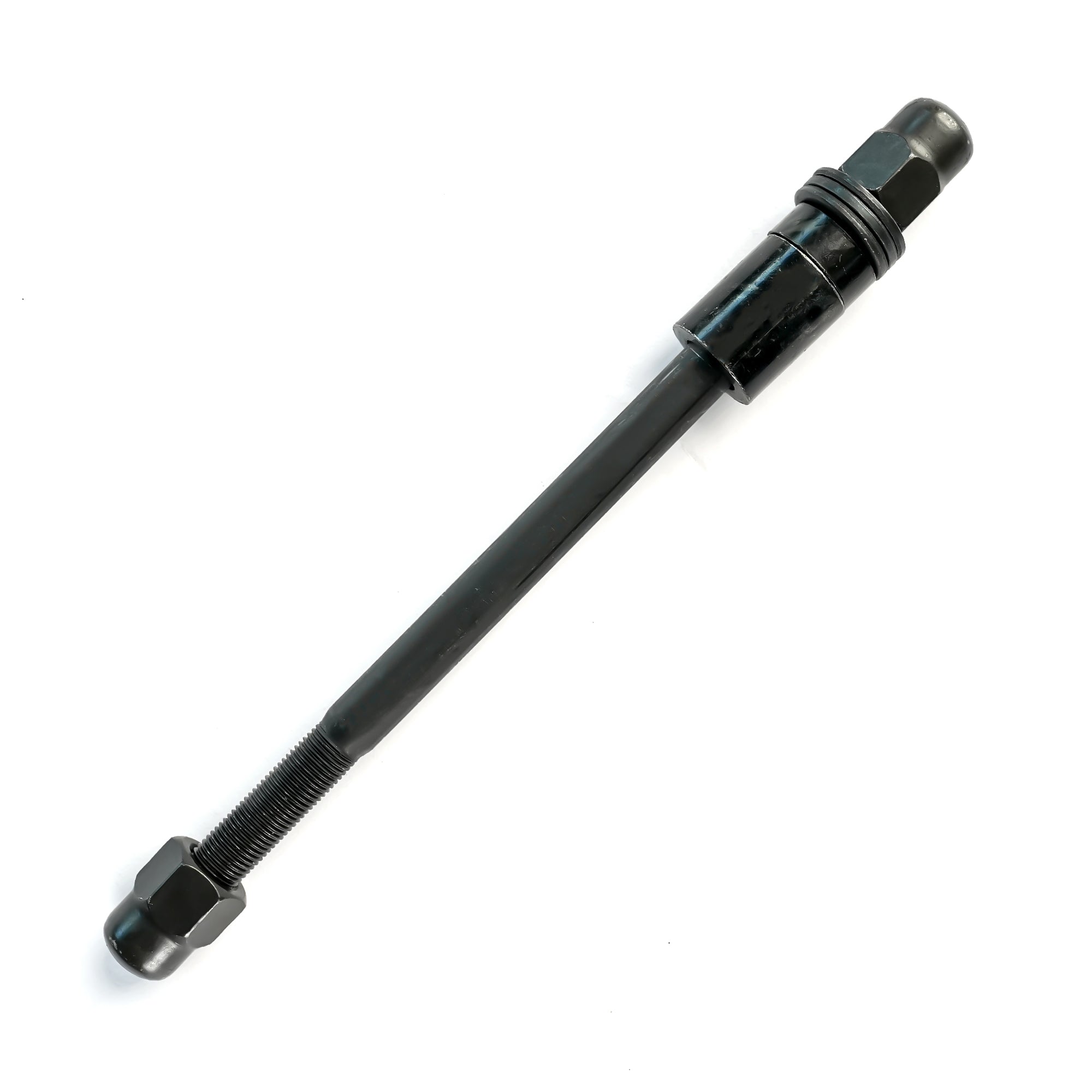
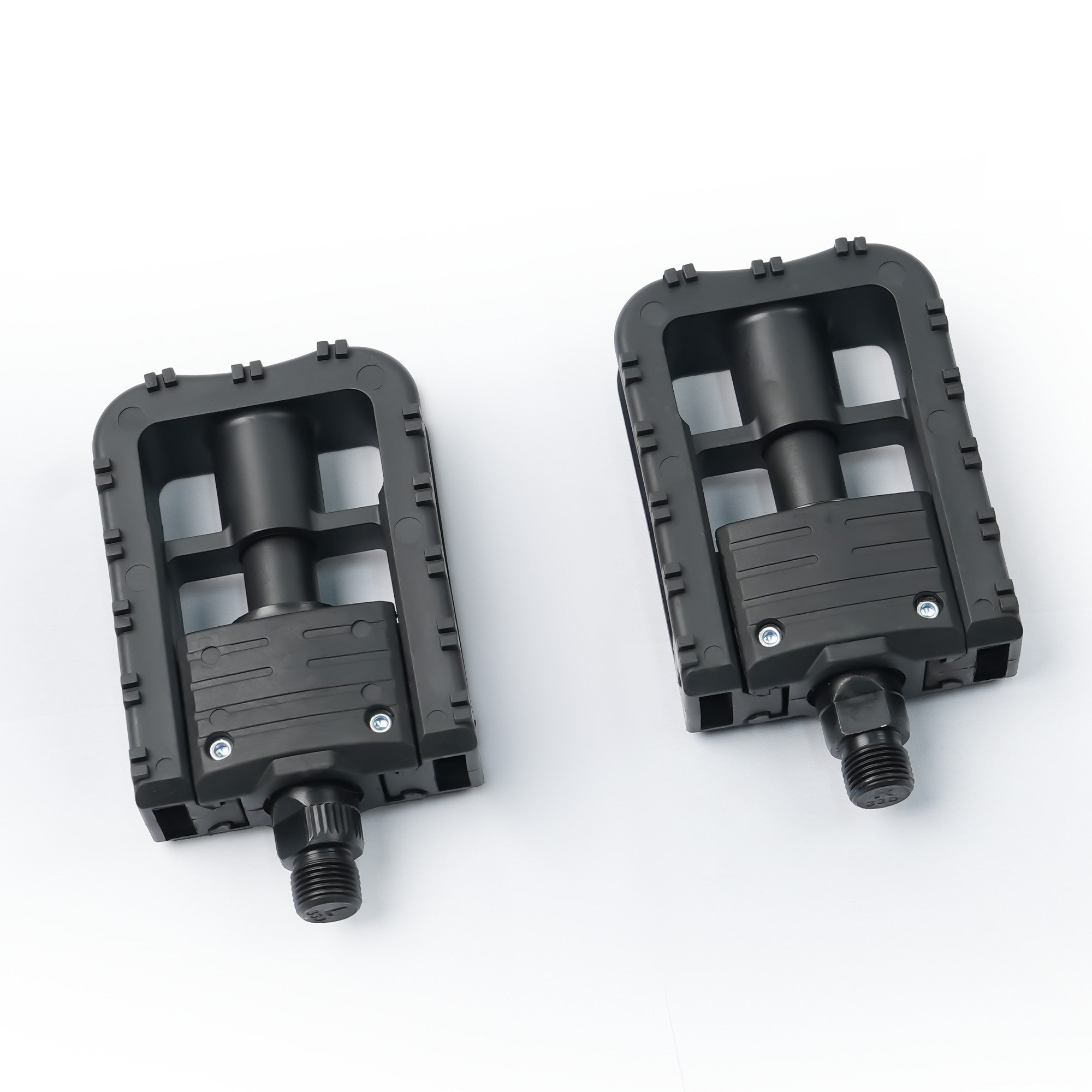
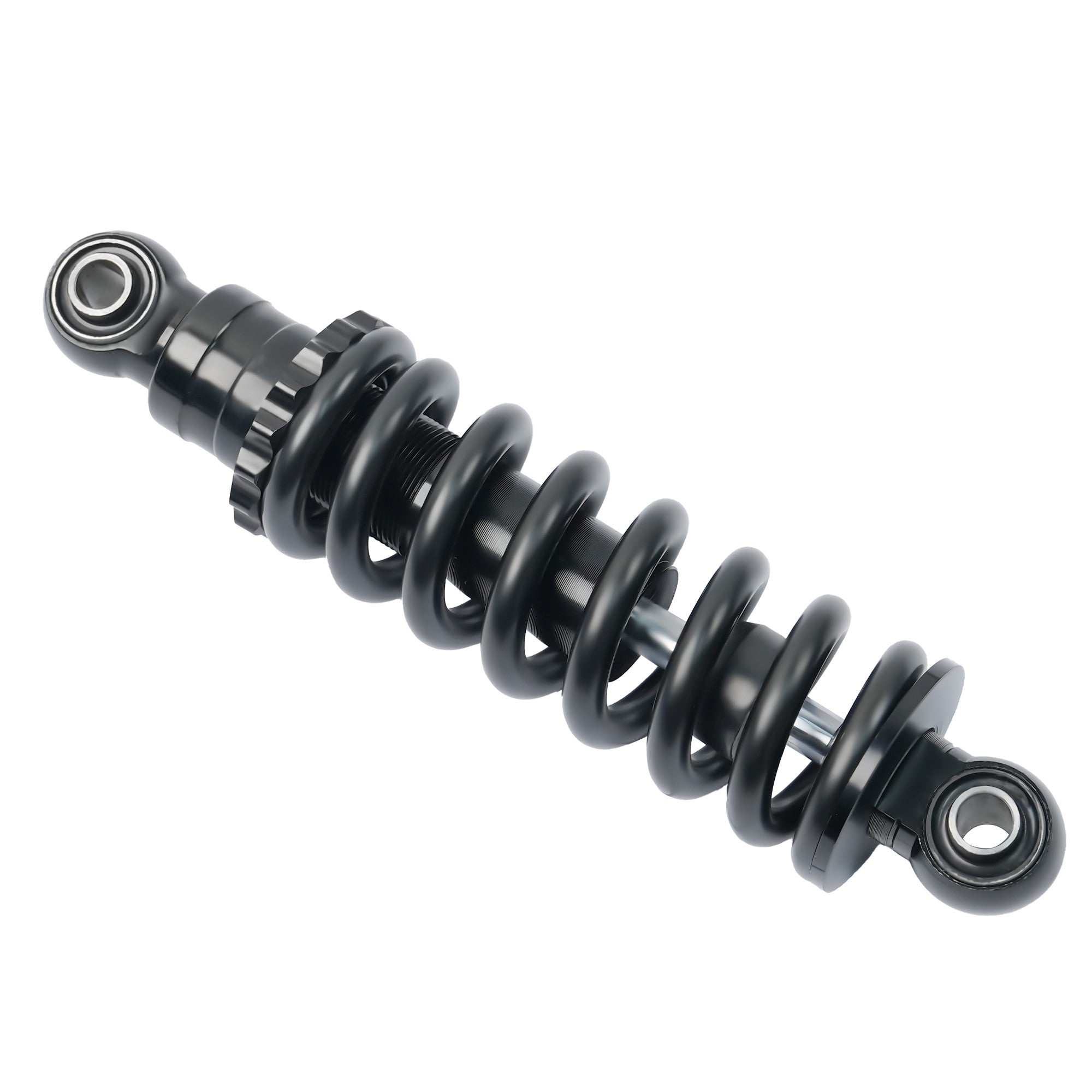
 Payment
Payment Afterpay Financing
Afterpay Financing Warranty
Warranty Shipping Policy
Shipping Policy Exclusive Discounts
Exclusive Discounts Track Your Order
Track Your Order Return & Refund
Return & Refund Referrals & Membership
Referrals & Membership User Manual
User Manual Contact Us
Contact Us FAQs
FAQs

